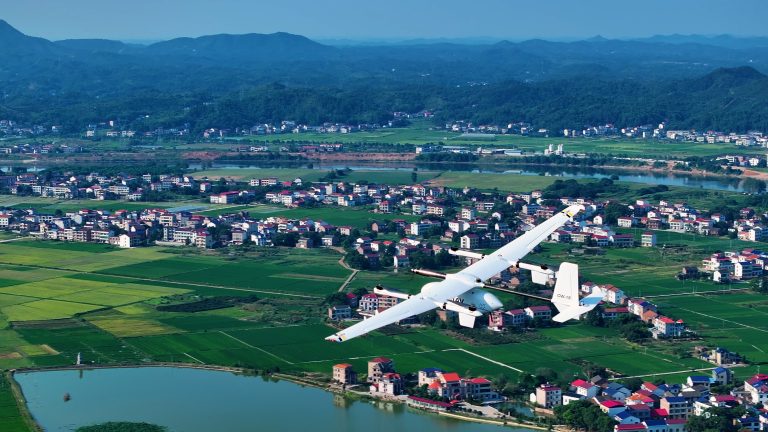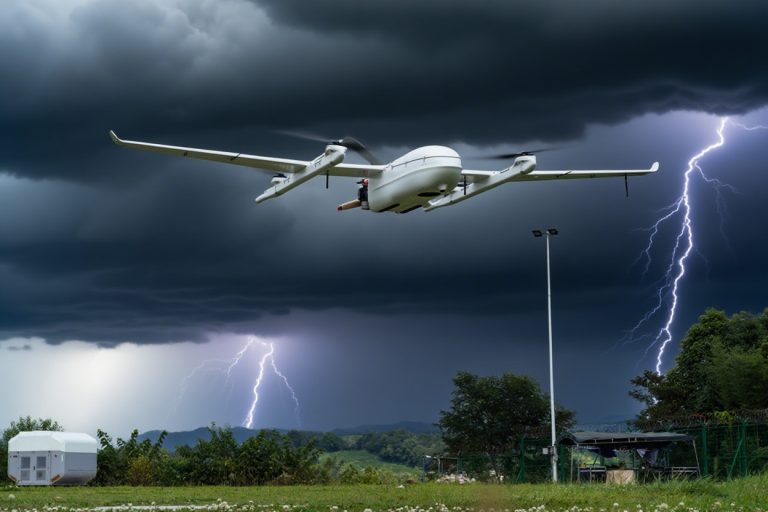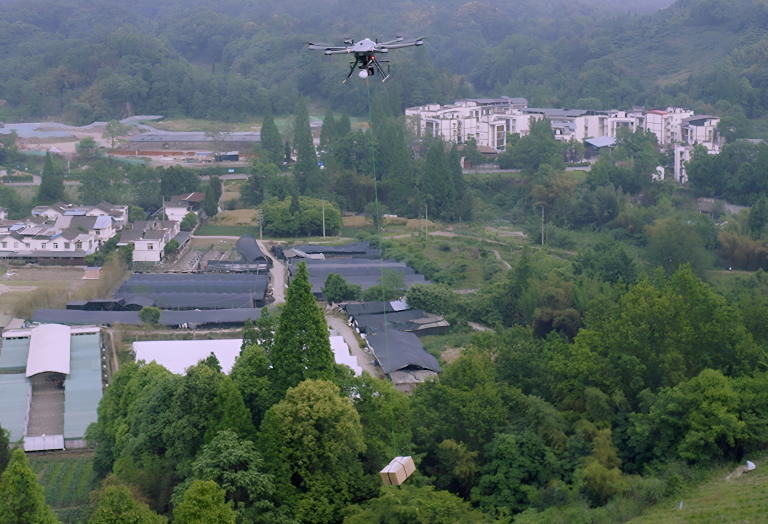Can You Fly a Drone at Night? A Legal and Technical Guide
Yes, in the United States, both Part 107-licensed and recreational drone operators can fly at night without a waiver by equipping their drones with anti-collision lights visible from up to three statute miles away. This rule, enacted in mid-2021, empowers drone operators further while making life easy on the FAA.
However, laws can differ greatly over different international borders. For example, Canadian pilots must undergo special licensing to fly at night, while the UK and Australia have different regulations for flying at night.
This article looks into some of the legal considerations involved in flying at night, necessary equipment, and safety and regulations in your locality.
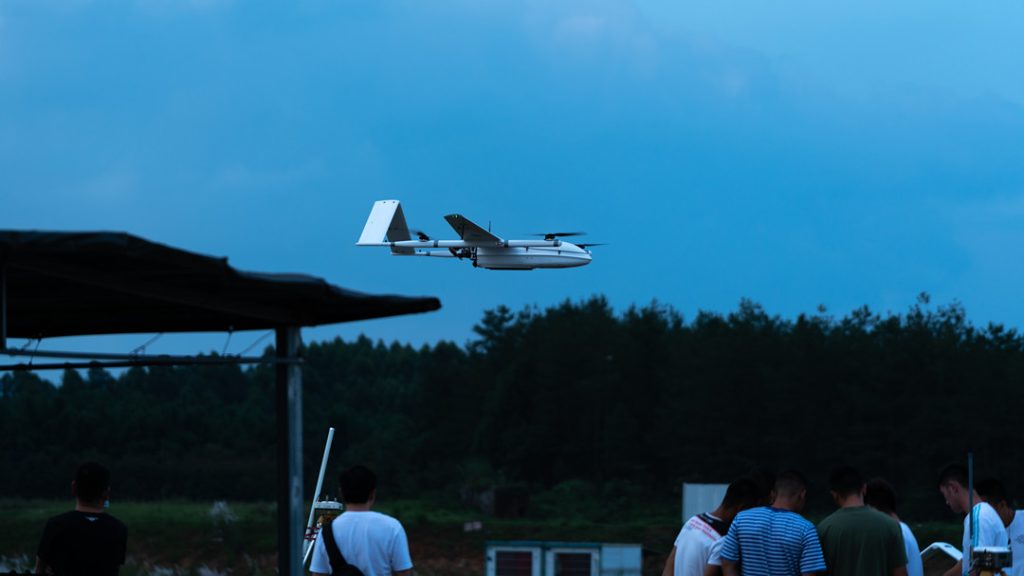
New FAA Rules for Flying Drones at Night
In 2021, the Federal Aviation Administration made its latest and greatest rules, affecting nighttime flights of drones to make sure that both commercial and recreational pilots are operating within the bounds of the law. Here's what you need to know to stay safe and compliant with these new requirements.
1. Training Requirements
That's because it used to require a special waiver to fly at night. However, with years of safe flying records coming in from the drone community, the FAA has dropped the waiver requirement. Today, you need only additional training for night-flight if you're already certified.
- Already Certified Before 2021? You will need to go through some new online training or pass an updated knowledge test on night operations. This was designed by the FAA as a quick refresher so you understand any new requirements and stay sharp on safety practices.
- New to Flying Drones? If you're getting certified now, your training already includes these guidelines on night flights, so nothing more is required.
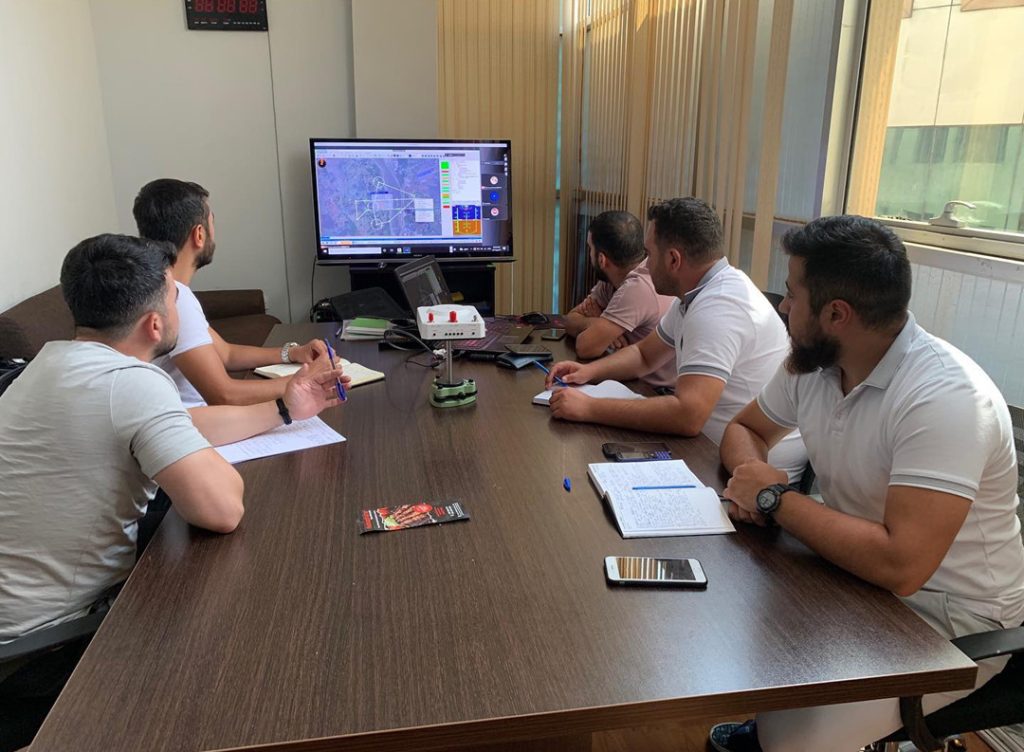
2. Anti-collision lights are a Must
All night-flying drones require anti-collision lights. These are not normal, everyday lights; they need to be visible from three miles away and flash at a tempo that reduces the risk of collision.
Before each flight, make sure your lights are on and will last throughout your flight. This visibility requirement is a huge part of staying safe and compliant.
3. Know When It’s Considered “Night” by the FAA
The FAA has some very specific rules about when night begins and when it ends, and it has absolutely nothing to do with the sunset. According to the FAA, "night" is defined as:
Night officially begins 30 minutes after sunset and lasts until 30 minutes before sunrise.
This time frame is referred to as "civil twilight." You might still have enough natural light in which to work, but beyond that, if you're still flying, first ensure you have night training and equipment.
4. Protect Your Night Vision for Safety
It takes your eyes roughly 30 minutes to fully dark adapt, and even brief contact with white light breaks that dark adaptation-a process called "photo bleaching.".
To prevent this from happening, use colored-lens flashlights to study before night flights. Colored lenses will help preserve your night vision so you can better view important details without having to reset your eyes' sensitivity.
Can You Fly a Drone at Night in the UK?
In the UK, a drone is allowed to fly at night, provided you always follow the rules of the CAA in respect of VLOS.
This will imply that you must be in a position to view and observe your drone and also the environment where it has been flying at all times.
It would be practical if you had at least one green flashing light on your drone that could be seen from a distance to enable this.
Even with proper lighting, flying may not be easy because visibility is usually poor at night.
These factors depend on the size of your drone, its effective lighting conditions, and weather, and may also include your eyesight, which determines the maximum VLOS distance.
For instance, smaller drones would be more camouflaged against the night sky, and bad weather could make viewing much more difficult.
Can You Legally Fly a Drone at Night in Canada?
You can fly your drone at night in Canada. However, you have to follow the rules that have been laid down by Transport Canada. First of all, your drone shall be fitted with lights so you, as the pilot, and every other person on the ground can comfortably see it. These shall remain on during the flight.
Otherwise, any pilot planning to wear night-vision goggles must have some backup plan to remain visible, or the goggles must be capable of detecting all light within the visual spectrum. That becomes crucial to guaranteeing secure operation in the dimly lit environment.
Also, all the standard rules of operating a drone when flying at night remain the same. Maintaining line-of-sight with the drone and keeping flight altitudes below 122 meters-400 feet are examples.
Besides that, all other standard regulations concerning operation are in force for night flights: maintaining a visual line of sight with the drone and flight altitudes not higher than 122 meters (400 feet).
Can You Legally Fly a Drone at Night in Australia?
Recreational users in Australia are not allowed to fly drones at night except in emergent situations. The usual flights are between the "Beginning of Day" and "End of Day," which corresponds to civil twilight hours. This normally gives about 20 minutes before sunrise and after sunset, depending on the region of operation.
Commercial operators can fly at night but are pretty strictly regulated. To fly at night requires a Remote Operator Certificate. It is not sufficient to have a Remote Pilot Licence (RePL or REPL); any night flying must be conducted under the auspices of a ReOC holder.
Commercial operators will also have to provide for pilot training and testing, maintain full training records, conduct JSA and risk assessment for each flight, and document all processes.
These laws may sound strict, but they are there to protect the safety and legality of drone activities. This is how pilots can act responsibly and safely during night flying by following the standards set by CASA.
Techincal Considerations for Night Drone Flight
Flying a drone at night does come with different challenges, which need very careful planning and alterations to make the flight safe and successful. Here are some key technical considerations.
Obstacle Avoidance
Flying in the night reduces your ability to see obstacles clearly. Your drone should be equipped with obstacle avoidance sensors, which become very important in carrying out safe operations in the dark.
Get used to how these sensors work in daylight, and fly more slowly to give yourself more time to react to unexpected obstacles.
Keep scanning your surroundings for any type of hazards, such as trees or electricity lines, especially if you are flying in a new area.
With advanced sensor fusion, including millimeter-wave radar and binocular visual obstacle avoidance system, the JOUAV's CW-15 makes flights by this flying device fully autonomous and safe even in low-light conditions.
Use GPS and Return-to-Home Features
Safety is key for night flying, and you should make sure your GPS and RTH features are turned on.
Power up your drone in an open area and check it is connected to at least six GPS satellites before the flight.
Set the RTH altitude high enough to avoid obstacles. This should be tested manually, as you will want to make certain it will work in case you want it to do so.
In preparation for this occurrence, that will enable you to securely navigate back in case you lose sight of the drone.
Camera Settings for Low Light
What matters when flying your drone in the night is adjusting your camera settings to try getting as good footage as possible.
First, go to manual mode; maybe auto mode won't handle the low light conditions any better. Then, open up the aperture between f/2.8 and f/4.0, enabling more light in, thus improving your exposure.
So, good light is essential. In low light, your camera sensor has to work much harder, often having to use high ISO settings, such as 1600-6400, or very slow shutter speeds. This can make photos appear grainy or blurry.
If you have plenty of light, then the ISO setting can be much lower, around 100-400, and shutter speeds much quicker. The result will be a sharper image with less noise.
The shutter speed should be between 1 and 4 seconds to avoid blurry shots with the movements of the drone. Besides this, set a manual focus to infinity. Autofocus may struggle in the dark.
Finally, shoot in RAW to give yourself some extra headroom to edit and enhance your images later.
Limit Flight Range
To keep a line of sight with the drone, make use of the feature in the app that allows setting a maximum flying distance.
Now head to the safety settings and set the 'Max Distance' slider to a value with which you feel comfortable. The usual value ranges between 15-500 meters. This sets a Geo Fence around your take-off point, preventing the drone from going too far away from your line of sight.
Once this limit is reached, it automatically stops and hovers for visibility, especially in dark environments or unfamiliar open areas.
Improve Visibility with Strobes
For night flights in the UK, the Civil Aviation Authority requires that your drone is equipped with at least one flashing green light.
This should be easily observable from a reasonable distance away to help prevent potential collisions with other users of the airspace.
It is important to make sure the lighting systems on most drones are working before taking to the skies.
Of course, it is always much more visible if extra lights are added to the bike, like spotlights or additional strobes, even if the green flashing light is good enough to meet the standards.
The advantages of these extra lights go beyond safety alone. They can provide special effects to your photos and videos that you will be taking at night.
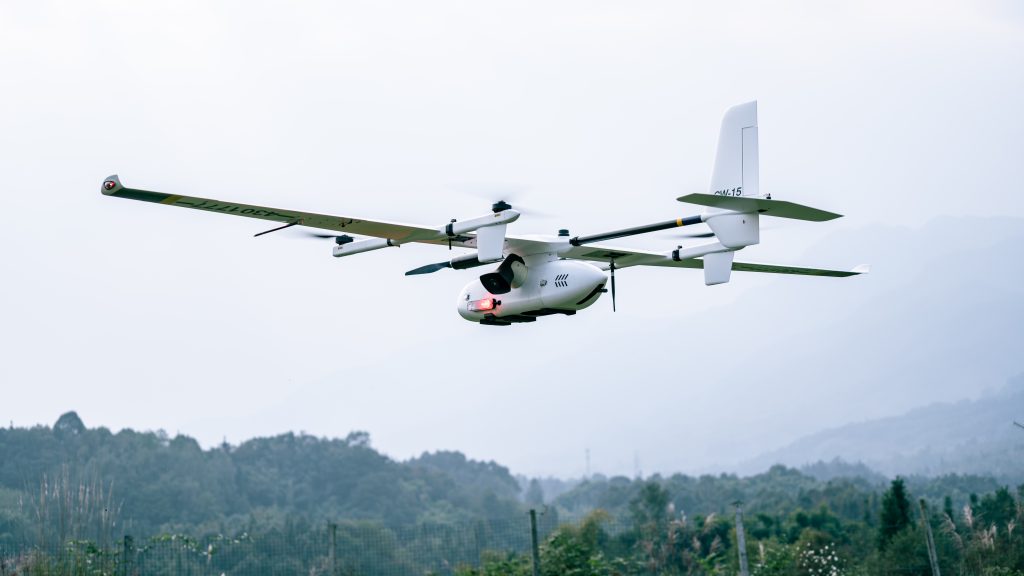
The CW-15 drone can be customized with flashing LED lights for enhanced visibility during nighttime inspections. It can also be equipped with a megaphone and an infrared camera, making it ideal for law enforcement and search and rescue operations by facilitating effective communication.
Consider Battery Life
Cold weather tends to slow down battery performance. It is crucial then that the batteries are fully charged, and extra ones can be packed when needed.
However, when flying, especially at night, it will be challenging to make a proper estimation of the time remaining for the flight as the visibility is not that good. Pay attention to the battery during your flight.
Fly shorter distances since this will be a precautionary measure to ensure you will have sufficient power to return home safely.
Noise Management
Sound is slightly different at night, and your drone will also be much noisier. Consider flying a model that works for more quieter flight.
Being considerate to others and wildlife around you with regard to the noise issue is truly being mindful.
Flying at a sufficiently high altitude will enable the eventual minimal noise while improving visibility.
Practical Tips for Drone Night Flying Procedures
Practical preparations and procedures will ensure a successful night flight. The section will help provide actionable tips for operators:
On-Site Safety Assessment
First and foremost, a daytime reconnaissance of the place you are going to fly is very much in order. This is the most logical step toward pinpointing possible hazards that could impede your drone's operation.
Start by looking out for trees, buildings, power lines, or uneven terrain. Note these down with your geospatial data to help you plan a feasible flight path.
Also, keep in mind wind and/or weather conditions that have deteriorated by late afternoon or early evening. Take note of any light sources in the vicinity that may cause glare or disorientation during your flight.
Illuminate Your Launch Site
Adequate lighting is important in night flight operations. Make sure the launch and recovery areas are well-lit.
Improve visibility at takeoff and landing zones with intense LED lights to simulate daylight conditions for enhanced line-of-sight and object avoidance capabilities.
Pay extra attention to the setup of the lighting; it should not produce any shadows or glare that could block your view. You must have a clear line-of-sight to support effective control and any possible emergency response.
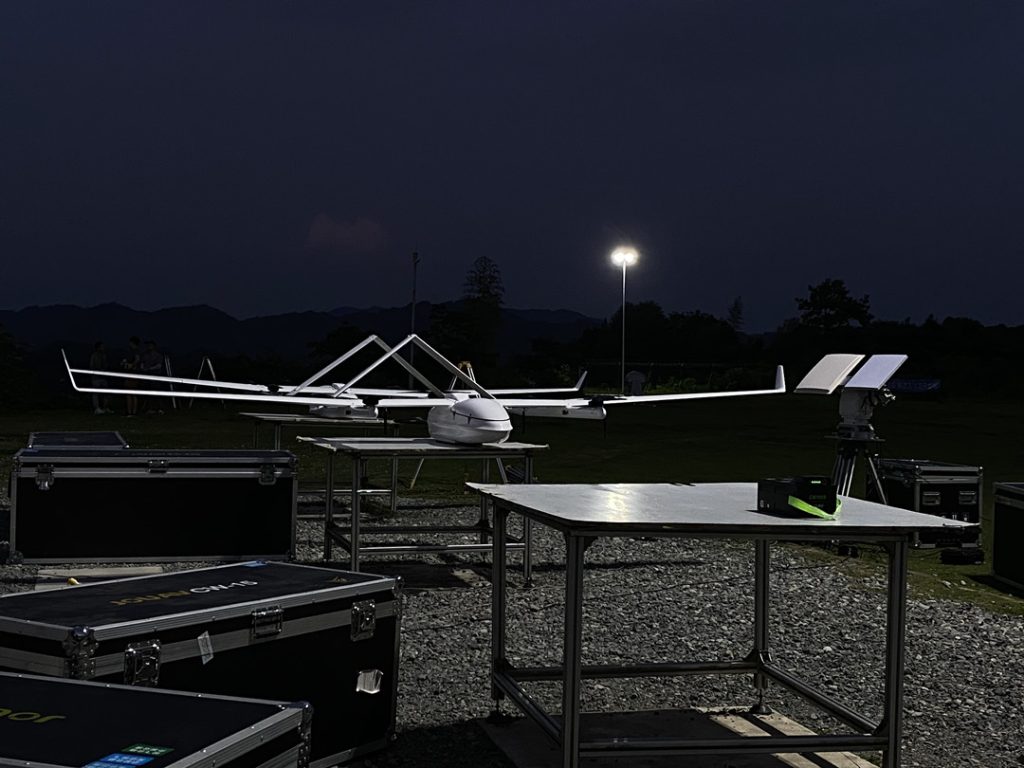
Partner with a Visual Observer
Working with a visual observer in nighttime flight could multiply the benefits in overall safety and operational efficiency.
Choose very well an acquaintance with drone operations and one who understands the particular risks associated with night flying. An observer plays a vital part in maintaining the visual line of sight and also detecting obstacles.
The use of a system of communication with your observer: for example, terms to use and their corresponding hand signals. This will ensure smooth coordination and prompt responses during flights.
The visual observer should make systematic scans of the environment. Position the drone at the 12 o'clock position and make broad horizontal scans to the left-that is, 9 o'clock-and right, that is, 3 o'clock. Extend the scan vertically to ensure comprehensive situational awareness.
Avoid Spatial Disorientation
Nighttime flying can cause spatial disorientation because of bright lights and the absence of any visual reference. High-Intensity Runway Lights help locate a runway, but once you have identified your landing area, it is necessary to dim the lights to avoid any kind of depth perception illusion.
Be on the lookout for optical illusions. Slender, dark objects seen against a background of bright sky or water may appear stumpy. Conversely, huge, pale portions of clouds against a darker sky background often seem tiny.
Featureless terrain, such as clouds, water, or snow, may cause ground lights to appear star-like. Counteract this effect by continuously scanning rather than concentrating on a single object; it will help maintain correct spatial orientation and will assist in avoiding judgment errors.
If you experience optical illusions while flying, follow your instruments and rely on your training. Using experience will go a long way toward ensuring that you and the drone are kept out of harm's way.
Improve Depth Perception
In nighttime flying, depth perception is usually a problem. Many a time, one may have difficulty in distance estimation. To limit this problem, it may be useful to set a geofence, which confines the operational distance of the drone within, say, 200 meters.
This can be facilitated by adding lights to the drone facing downwards which would illuminate the space directly beneath the drone, thereby making it easier for pilots to make quicker and more precise positional judgments. Indeed, added visibility may be especially useful in situations involving emergencies or searches where rapid responses may be extremely critical.
Monitor the Weather
To fly safely at night, it is crucial to keep oneself updated about the weather. Get current information through reliable sources of government meteorological agencies or weather services specializing in aviation regarding:
- Wind Velocity and Direction: Be aware of the gusts or changes in direction, much more so at high altitudes.
- Precipitation: Always check for rain, snow, or any other forms of precipitation that could affect your drone's performance and safety. Flying in wet conditions can damage sensitive components and compromise flight stability. For more details, read our full guide on whether you can fly a drone in the rain.
- Temperature and Humidity: Ensure the conditions are well within the operating range of your drone, as extreme temperatures have consequences on battery life and overall functionality.
- Visibility: Check for any visibility problems, where there might be fog or smoke that would hinder proper control over the flying drone or maintaining a line of sight.
- Lighting Conditions: Then, notice the time of day and the type of natural lighting that will be different during your proposed time of photography or videography.
- Weather Trend: Observe the change in the weather that helps predict what will make flying hazardous.
If conditions appear not safe, then you will want to delay flying. Always make sure your drone's lights are functioning properly so that you can see the drone and control it throughout the flight operation.
Preserve Dark Adaptation
It takes your eyes some time to become accustomed to darkness, and this can be as long as 30 minutes. Preadapt your eyes in the darkness outside the cockpit or cover them to avoid bright lights that would disturb your adaptation on any flight. A number of pilots have found that wearing red-tinted glasses for a short time will help preserve their night vision.
Avoid bright lights, either in the form of illuminated launch areas or control screens on your drone. Such things will only distract you and reduce your effectiveness at tracking your drone in the night sky. Minimize screen time to preserve your situational awareness, enabling your eyes to adapt to low-light conditions.
FAQ
Can You Fly a Drone at Night Recreationally?
Yes, recreational drone pilots can fly at night but with some particular regulations. In the U.S., all drones flown at night should be equipped with anti-collision lights visible from at least three statute miles, according to the FAA.
In addition, the pilot must be in a good position regarding the environment and aware of all the local laws that prohibit flying at night. It's also essential to maintain a visual line of sight with the drone at all times.
Can You Fly a Drone at Night as a Hobbyist?
All of these can be done at night by hobbyists, provided they follow the same FAA regulations as other recreational pilots, having the proper lighting for visibility and not violating any local ordinances. A hobbyist also needs to be aware of the capabilities of their drone and practice in well-lit conditions before flying in the dark.
How High Can a Drone Fly at Night?
The maximum altitude for flying a drone at night is generally the same as what the FAA permits for flying during the daytime, thus usually 400 feet above ground level in uncontrolled airspace. However, operators should take note that local regulations might further restrict flying conditions. It is important to maintain a safe distance from obstacles like buildings and trees.
How to Spot a Police Drone at Night?
While difficult to notice, there were numerous successful techniques one could apply in order to spot a police drone at night. Here is what you need to know in order to find a police drone in the dark:
Tip 1: Moving Lights in the Sky
Probably the easiest way to spot a police drone at night is by observing the different colored lights it emits. Most police drones have light features that come in distinguishing red and green. You can spot them from a distance. Be wary of colored lights hovering in the sky. If you can spot one far away, binoculars or even a telescope can provide a closer view to confirm if it's truly a drone.
Tip 2: Open Your Ears
Listening carefully is another useful device in trying to locate a police drone. Most drones, with whatever technology applied to them, really produce that buzzing or humming sound. That noise can be very much more perceivable when night falls and the general buzz of the day is greatly reduced. Keeping quiet and alert will heighten your chances of hearing an upcoming drone so you can precisely pinpoint where it is.
Tip 3: Use Technology to Your Advantage
If surveillance concerns you, consider using technology that finds the drones for you. There are several apps for smartphones that use radio and Wi-Fi signals to locate drones and other devices dedicated to that purpose. Such devices will give you an idea of whether there is indeed a drone operating around you or otherwise, boosting your awareness regarding personal space.



